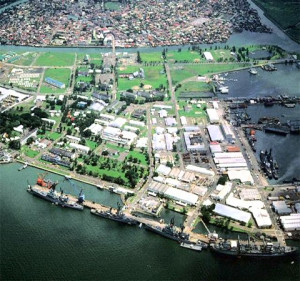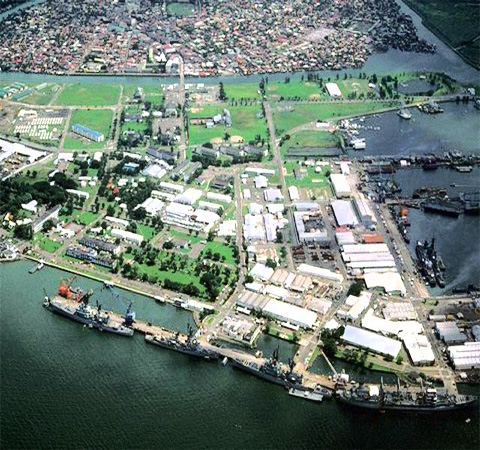
Dr. Lilia B. De Lima, director general of the Philippine Economic Zone Authority (PEZA), has initiated the grant of incentives to lure shippers to use the Port of Batangas in a bid to decongest Manila and lower the cost of doing business in the Cavite, Laguna, Batangas, Rizal and Quezon (Calabarzon) area.
In a meeting on developments at Batangas port, 110 kilometers south of Manila, De Lima offered to reduce by 50% all processing fees of shipments through the port for six months starting December 10. This will be contained in a memorandum to be immediately circulated among PEZA locators.
The starting date for the incentive coincides with the December 10 maiden call of Singapore-based MCC Transport at Batangas. The intra-Asia line’s weekly inbound service starts from Singapore, then calls Batangas, Manila, Kaohsiung, and Hong Kong.
Sean L. Perez, vice president of Asian Terminals Inc, noted 12 trucks already serve Batangas port as initiated by his group, with 18 more expected to come in. He said a local operator and even a trucking association may soon start operations as volume requires. This could lower trucking costs which now average P18,000 for trips to and from Manila and Batangas.
Perez said ATI can help process the trucker’s accreditation sticker from the local government of Batangas. Costing P550 each, the sticker is valid for a year and is separate from the Philippine Ports Authority sticker which is already part of the truck’s permit to operate.
In a separate meeting, Col. Edgardo Abesamis, executive vice president of International Container Terminal Services, Inc (ICTSI), said a policy on attracting manufacturing and distribution activities in Subic, north of Manila, should be handed down.
“We invested in Subic thinking that manufacturing activities there will take off,” he noted.
ICTSI operates Subic Bay’s New Container Terminals I and II.
Michael Raeuber, CEO of Royal Cargo, called for government to intervene. “We need to put incentives in place to attract business to Subic and Batangas ports. At the same time, there should be disincentives to use the ports at Manila such as taxes because of the traffic that the current volume now generates in and out of the ports,” he explained. “Eventually, government should even consider phasing out the ports in Manila and turn them instead into cruise points for tourism.
“The issue here is city development. We cannot under develop or overdevelop any port since this will be a waste of people’s money.”
Raeuber added it makes no sense to make Subic a transhipment hub if cargoes that pass through there get no value-added.
For Subic to be the regional distribution and warehousing center in Asia, he recommended three things: “We need to put Customs out of the Port of Subic; do away with paper registrations; and lessen, if not eliminate, corruption there.”
The dream for Subic to be a transhipment hub is also challenged by the Bureau of Customs’s bias against transhipment, noted Abesamis.
“Transhipment is equated to smuggling and leakages in government revenues. We then need to streamline paperwork at Customs for transhipments and ensure that such goods are really applied some value-added for exports,” he said.
At the moment, both Batangas and Subic ports are underutilized, with Subic capable of handling 600,000 TEUs but its actual container traffic is only 26,000 TEUs.
Batangas Port can carry up to 300,000 TEUs but only managed to handle nearly 12,000 TEUs until September this year.
“It is indeed a chicken-and-egg situation. But something’s got to give,” said Raeuber.





